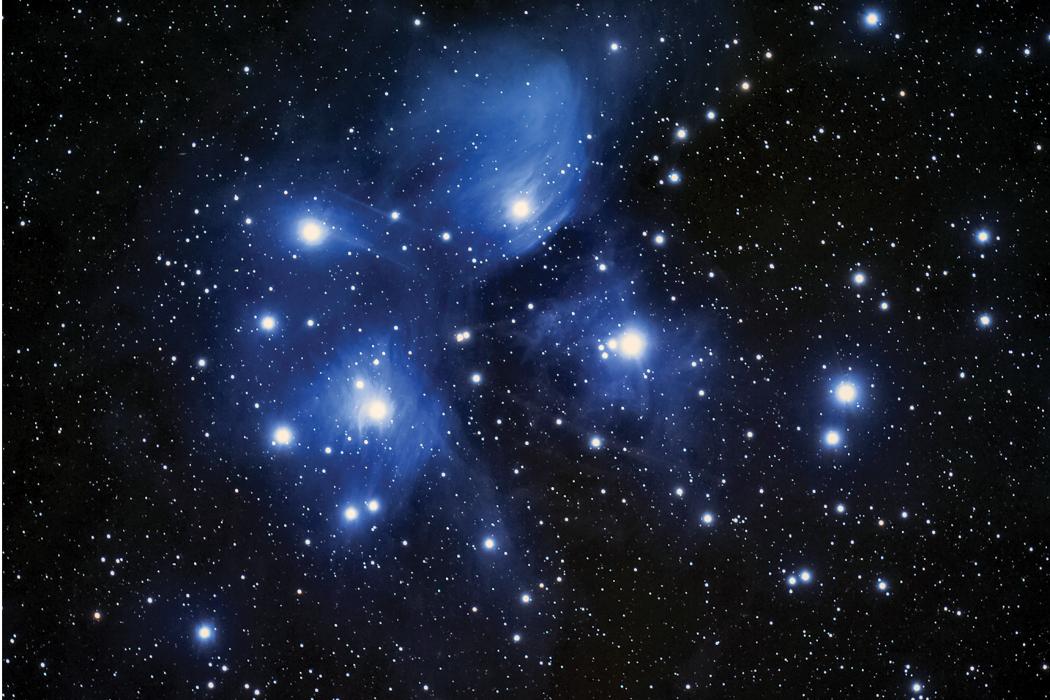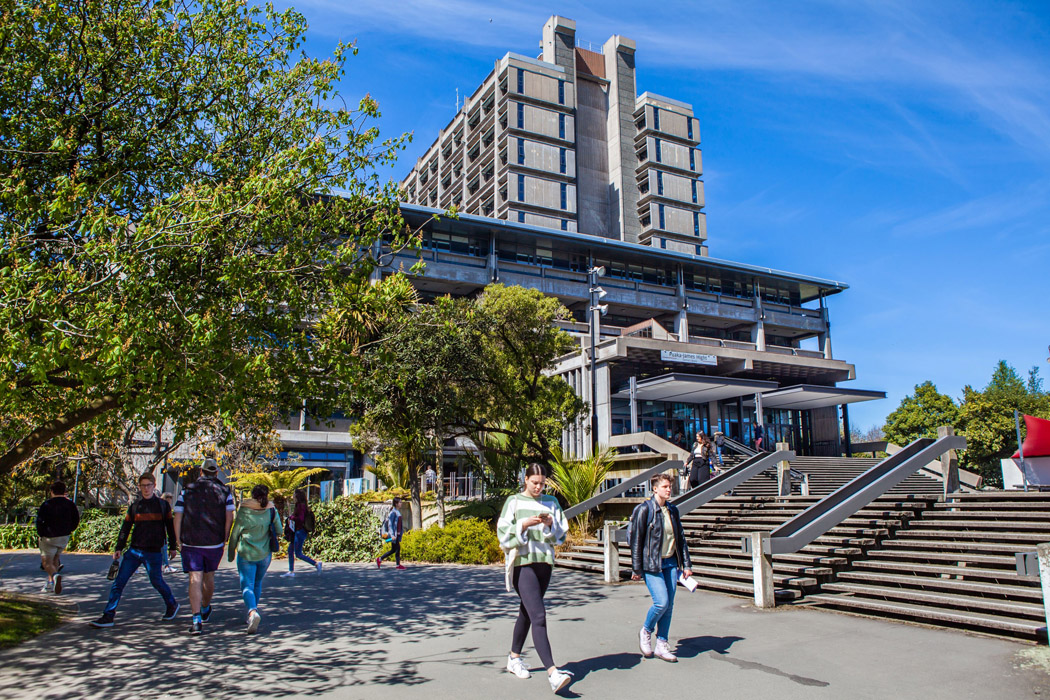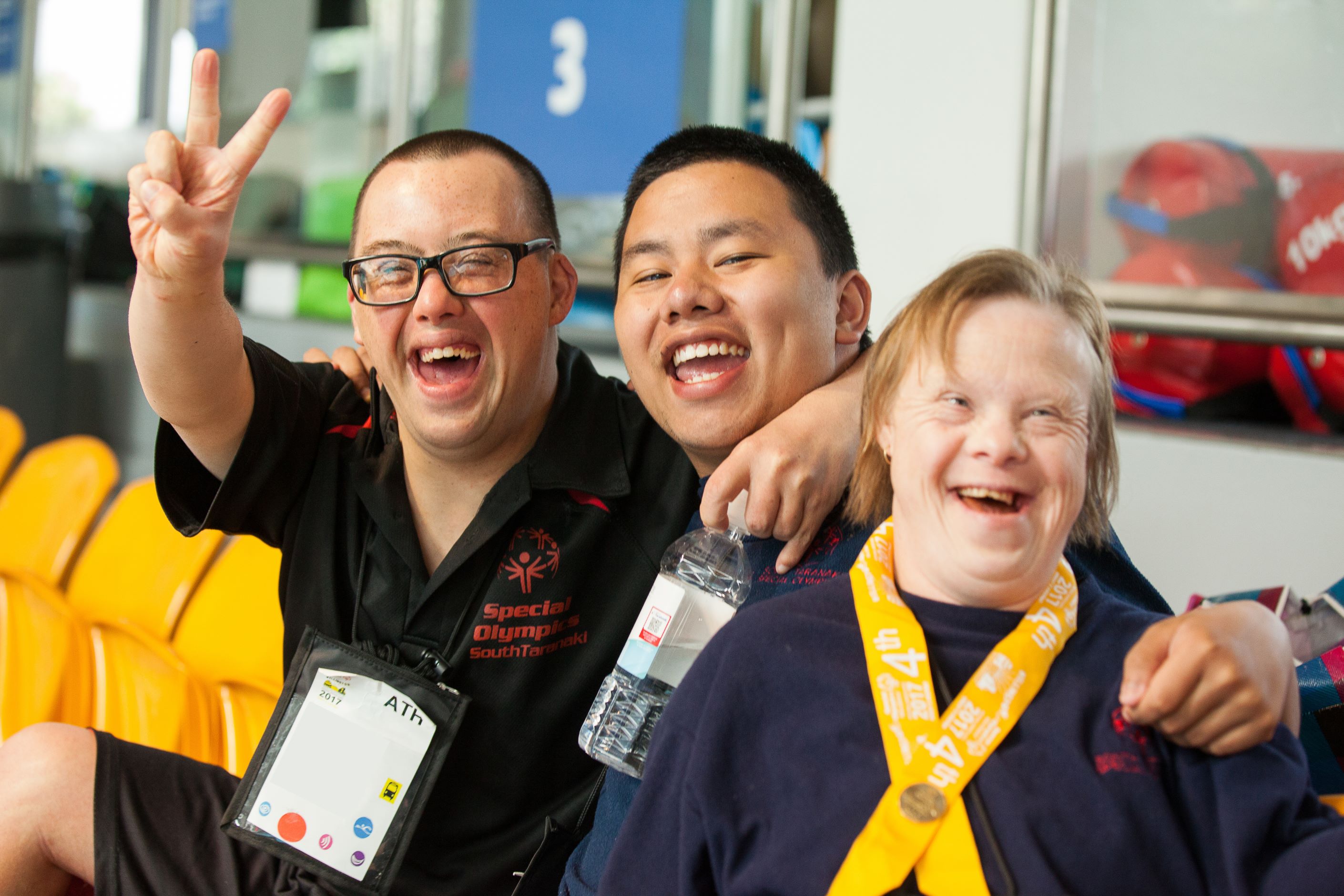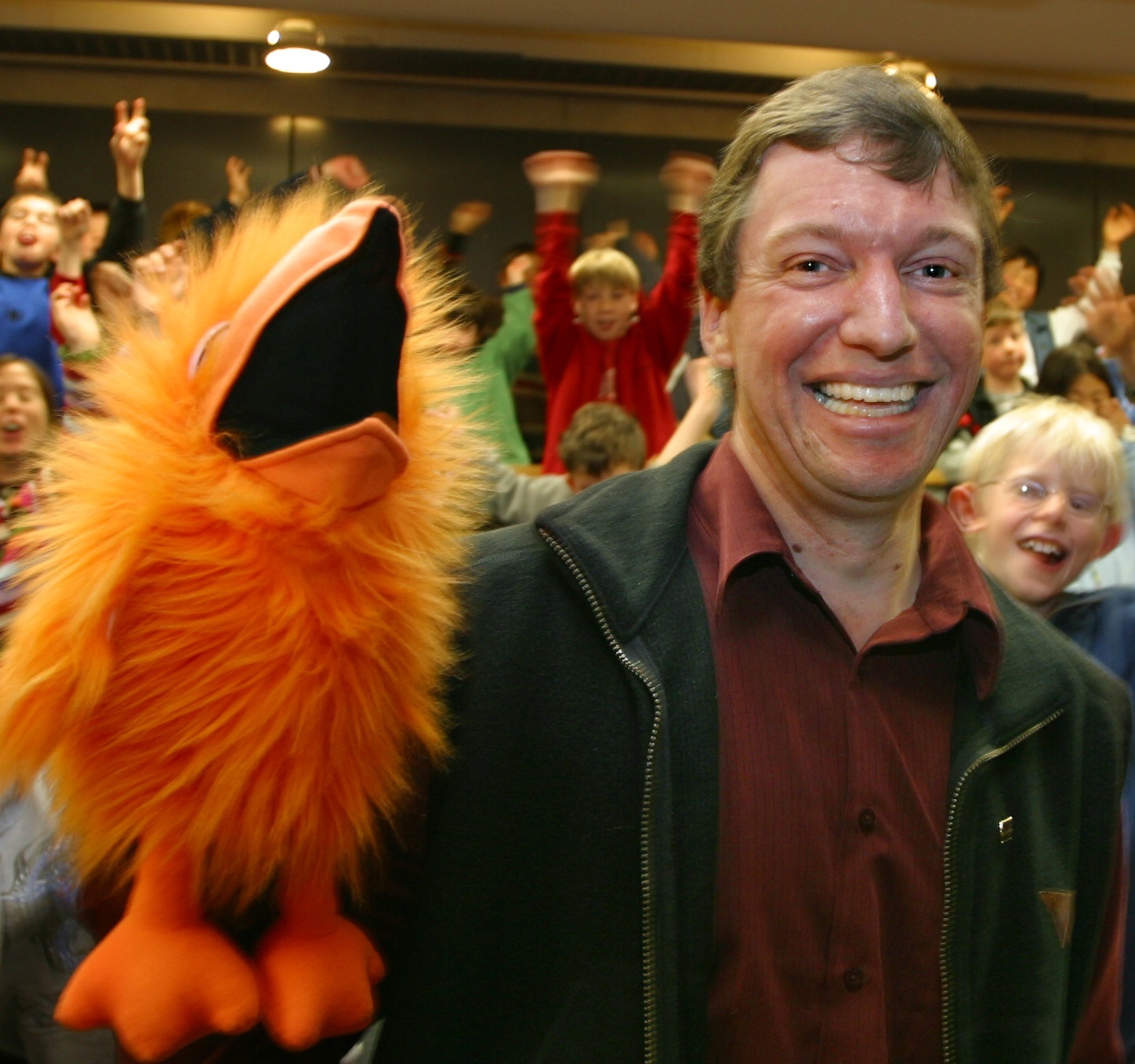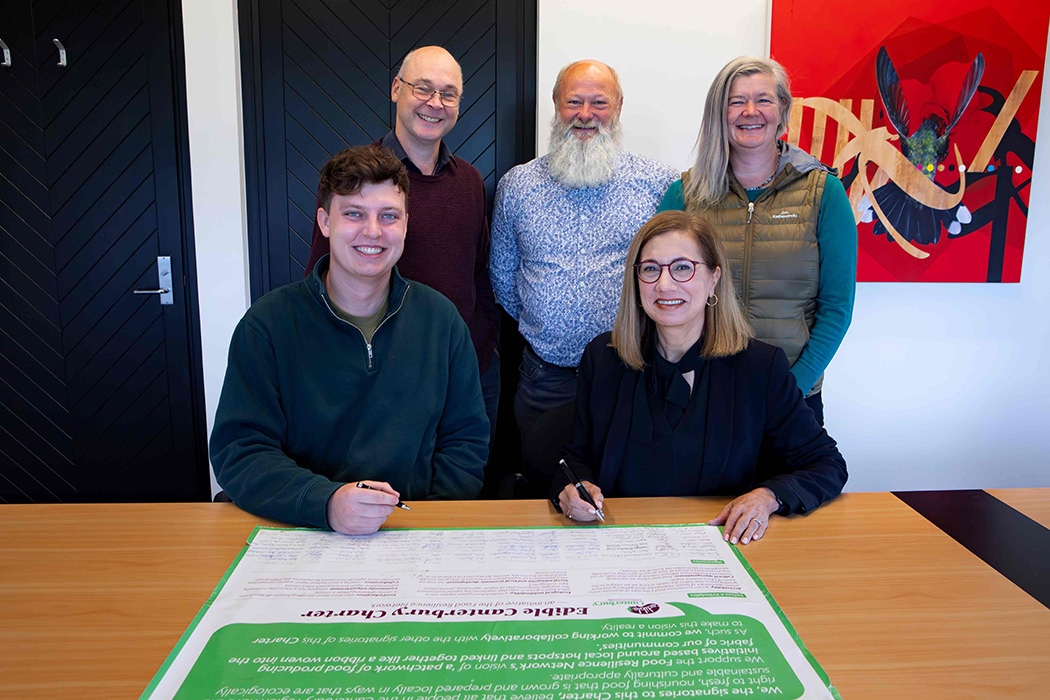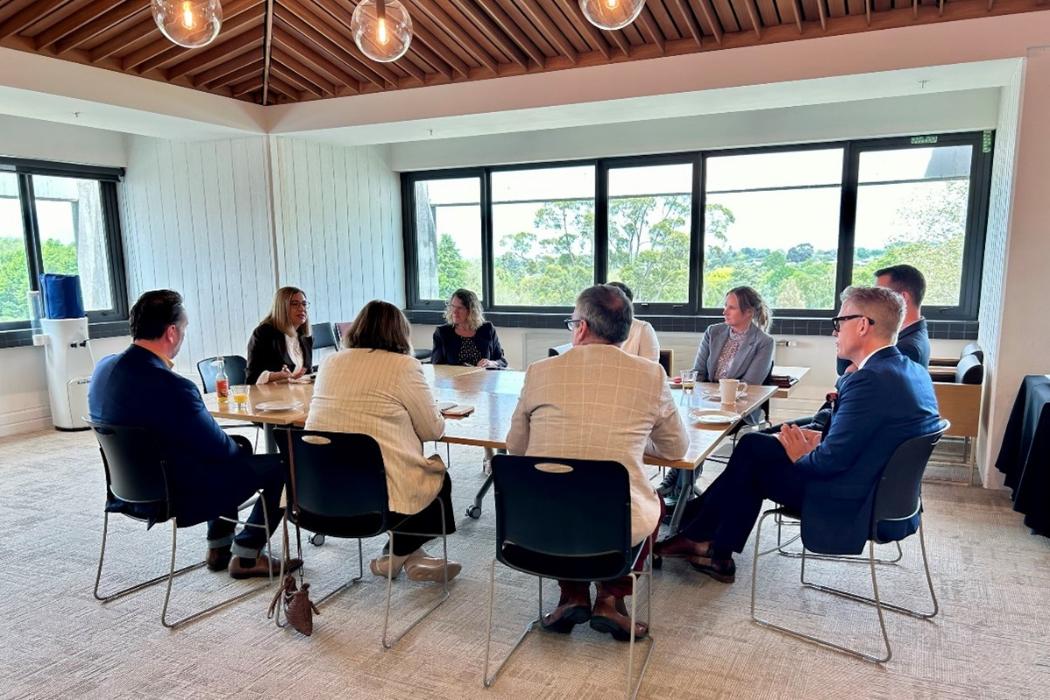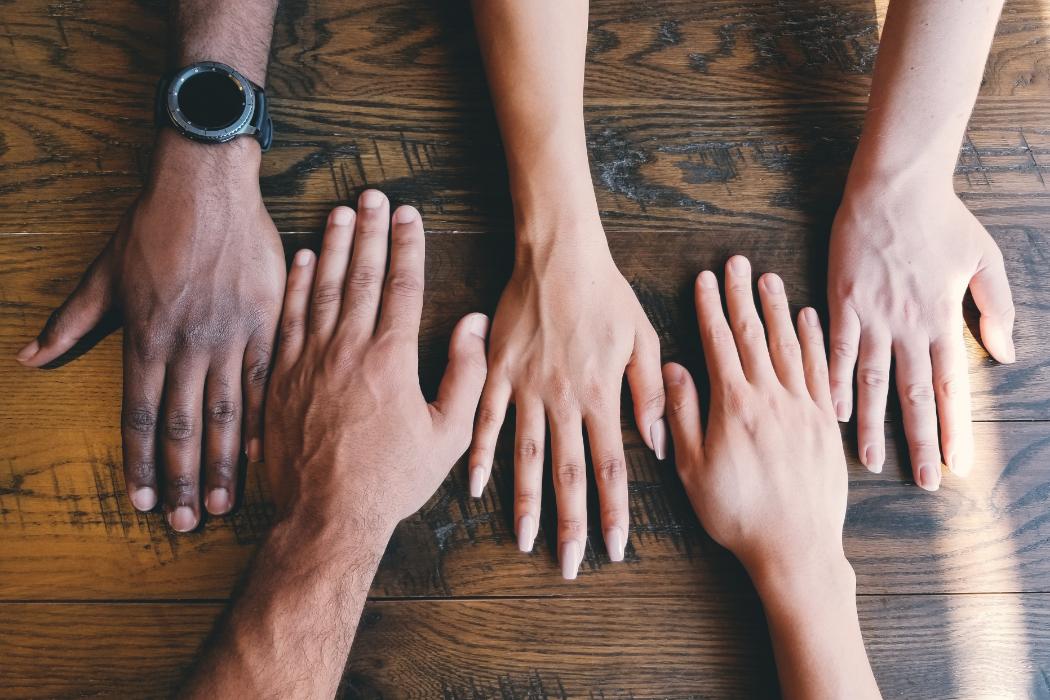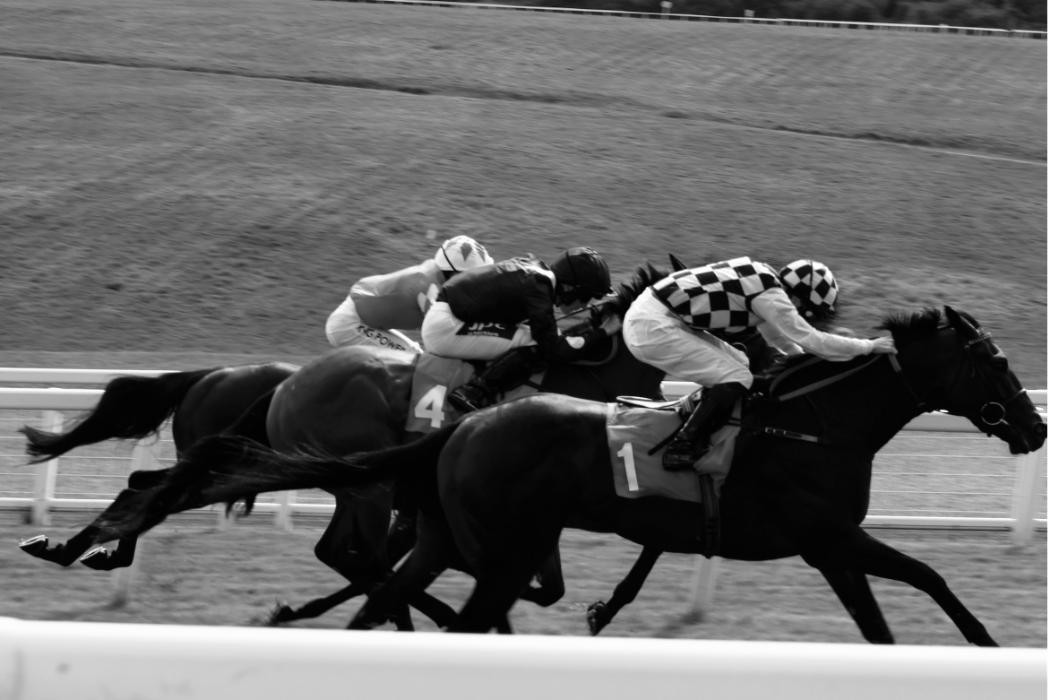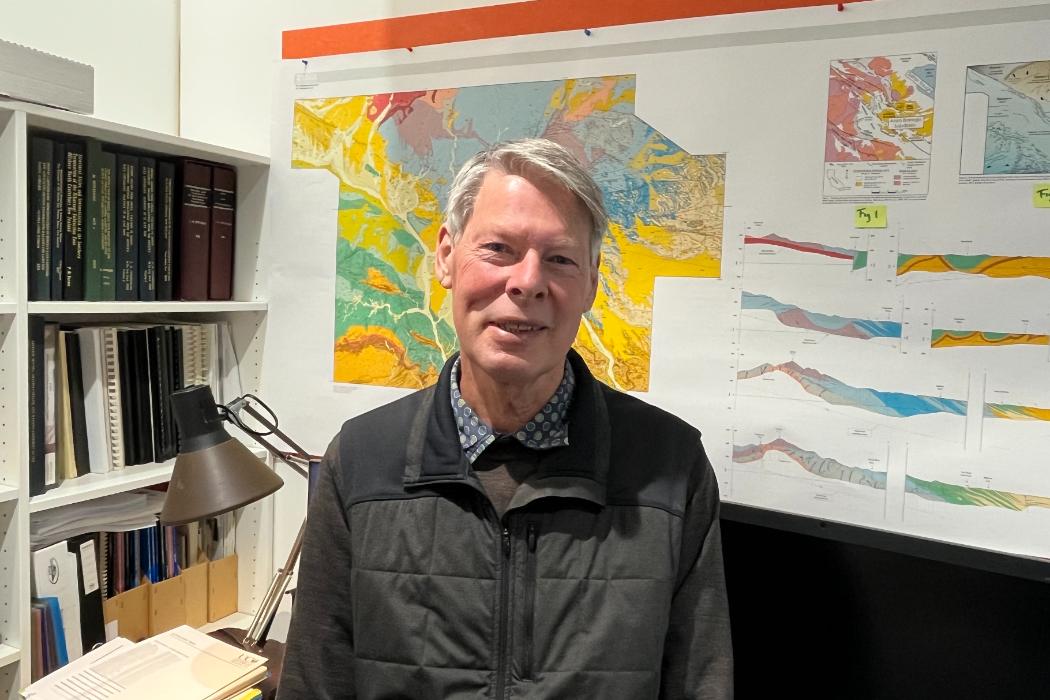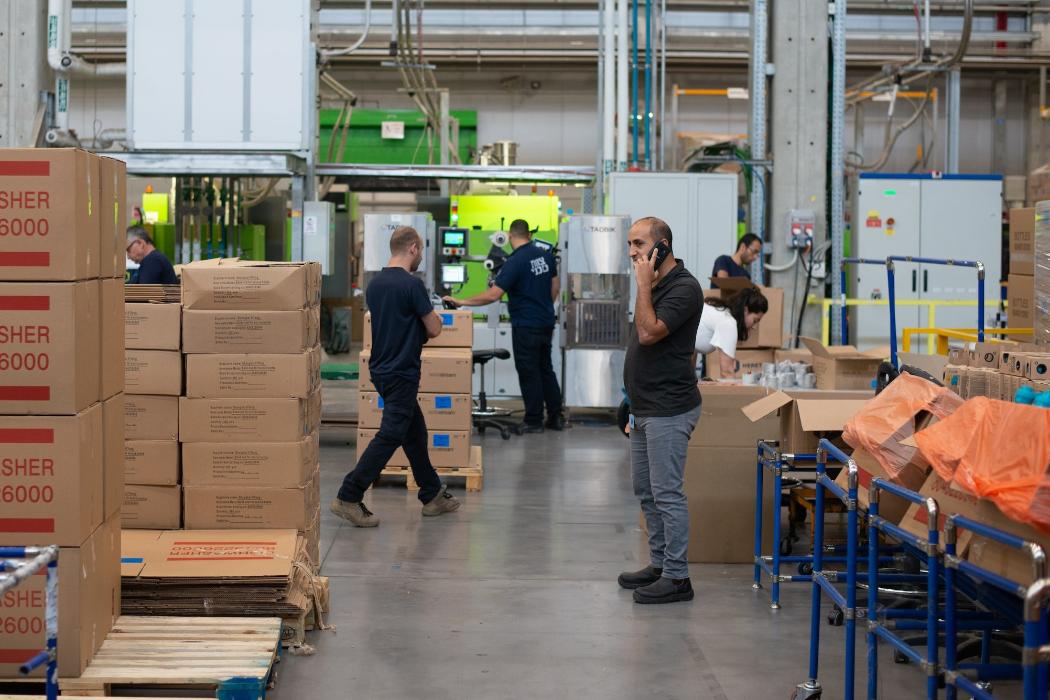Ka rewa mai te kāhui whetū o Matariki, me ōna whetū e iwa, ka tau mai Te Tau Hou. I tāna rewanga ā-maru, ka kitea a Matariki, i te rāwhiti-mā-raki o te rangi, heoi, he uaua te kite atu i a ia ētahi wā. Ko Matariki te whetū tapu o te tau. Mō te hunga e noho ana ki Te Wai Pounamu, he kaha ake te piata o Puanga, waihoki, ko ia ka rewa mai i mua i a Matariki, nā konā, ki ētahi iwi, ko Puanga kē te whetū tapu o Te Tau Hou.
Ka rewa mai a Puanga rāua ko Matariki, ka piri tata mai Te Aitanga a Tiki ki tuku i ngā whakaaro ki a rātou mā kua ngaro atu rā, me ngā kaupapa nui o te tau kua hipa.
Ka noho nei ko te whakapapa hei tūāpapa mō ngā mea katoa, ā, ka tūhonotia te mua me te muri e te whakapapa. Ko ia te pūtake o te orokohanga o ngā mea katoa: whetū mai, papa mai, rangi mai, moana mai, awa mai, maunga mai, rākau mai, koiora mai, me ngā tāngata katoa.
Ko Matariki kē ia te whakarapopototanga o te ingoa o ‘Nga Mata o te Ariki Tāwhirimātea’. Atua o ngā hau me te huarere, ko Tāwhirimātea anake te atua i te whakahē i te wehenga o ōna mātua, a Papatūānuku rāua ko Ranginui. Whai muri nei i tō rāua wehenga, katoa ngā atua i whakaririka i te riri o Tāwhirimātea, hāunga ia a Tūmatauenga. Ko Tūmatauenga te atua o te pakanga me te tangata.
Nā wai rā, ka taka atu ngā atua ki te pakanga, ā, i te otinga atu, ko Tūmatauenga te toa. I rere wairuatoa atu a Tāwhirimātea ki tōna pāpā, ki a Ranginui, ā i tīkarohia e Tāwhirimātea ōna mata, ka nakunakuhia ai, kātahi ka whiua ki te rangi, ka mau ngā mata nakunaku nei ki te poho o Ranginui. Nā konā ka hua mai ko Matariki.
E iwa ngā whetū i te kāhui o Matariki; ko Matariki, ko Tupuānuku, ko Tupuārangi, ko Waitī, ko Waitā, ko Waipunarangi, ko Ururangi, ko Pōhutukawa, ko Hiwa-i-te-rangi.
PUANGA
Puanga kai rau
Ko au te whetū, ko Puanga. Ko Takurua taku teina, ko Matariki taku tuahine. Ki tā ētahi, nō tōku pūhaehae ki taku tuahine a Matariki, ka kūrapa taku rere kia rewa tuatahi mai ai i te rangi. Ko au kē pea te tohu o Te Tau Hou?
MATARIKI
Matariki hunga, Matariki ahunga nui.
Ko au te whetū, ko Matariki. Nā māua ko taku tāne a Rehua, ka puta te kahui whetū o Matariki. Pēnā e teitei ana, e kaha ana hoki taku muramura, he tohu tēnei ka tau mai te rangimārie me te waimārie ki a koe.
TUPUĀNUKU
Ngā kai a Matariki, nāna i ao ake ki runga.
Ko Tupuānuku tōku ingoa. Ko au te whetū e hono nei ki ngā kai e tipu ana i te whenua, ahakoa ngakinga mai, papatua mai. Ki te kaha taku muramura, ka tauangi atu au, ka mahana te tau e tū mai nei me te maha o ngā hua ka hauhaketia.
TE WĀ O TE HAUHAKE
Mutu ana te hauhake i ngā hua me te whakakī i ngā pātaka, ka timata ngā mahi whakanui i a Puanga rāua ko Matariki.
Ka mātai atu ngā tohunga i a Puanga rāua ko Matariki kia mōhio mai rātou he aha ngā hua me ngā rawa o te tau e tū mai nei.
I ahu mai ngā tikanga mahinga kai o Ngāi Tahu i tā rātou nei whai i te maramataka. I whakaahutia ngā maramataka o tēnā, o tēnā nā runga anō i te wāhi me ngā rawa matua o tēnā wakawaka, o tēnā wakawaka, me kī, he wāhi mahinga kai te wakawaka.
Mahinga Kai
Ko te mahinga kai, ko ngā rawa nō roto i te taiao. Arā noa atu ngā momo mahinga kai, ko ngā momo rākau me te pounamu, ko ngā rongoā, ko ngā tae, ko ngā kaiora me ngā rākau nō te whenua, nō ngā wai hoki. Ka aro atu hoki te mahinga kai ki ngā tikanga whakahaere o ngā rawa. He mea tuku iho te mana whakahaere o ētahi rawa me ngā wakawaka mai tētahi whakatipuranga ki tētahi atu.
TUPUĀRANGI
Ka rawe koe e ngā kai i taona e Rehua
Ko au te whetū, ko Tupuārangi. Ka hono atu au ki ngā kai ‘i ahu mai i te rangi’, arā ko ngā manu me ngā hua rāngaingai, pēnei i ngā hua me ngā patatini o ngā rākau. Ki te kaha piata au, he tau pai tēnei ki te kohi i ngā hua rāngaingai me te hopu manu.
NGĀ KAI O TE RANGI
Ko te tītī, he manu moana, he manu kaipaoe hoki. Ka rapua ngā tītī ki ngā Moutere Tītī, ki tonga, ki te hauārahi hoki o te motu o Rakiura. Kāore he kai i tua atu i ngā punua tītī, me te konakona matū, me te nui o te hinu.
Ko te kererū hoki tētahi o ngā kai matua i ōna nei wā. Ka whakamahia ngā raukura ki ngā mahi raranga, ā hei whakarākei hoki i ngā tahā huahua me ngā pātua. I te whakaaetanga o the Ngāi Tahu Settlement Act 1998, ki tā te ture, he taonga te kererū, ā ka tiakina ka tika.
Ko te tī kōuka hoki tētahi o ngā kai matua ā te Māori, ā, he rawa raranga hoki ōna nei rau.
WAITĪ
Ka ora te wai, ka ora te whenua, ka ora ngā tāngata.
Ko Waitī tōku ingoa. Ka hono atu au ki ngā wai māori me ngā koiora katoa o ngā awa, o ngā manga, o ngā roto anō hoki.
WAI
Ka hono atu te wai ki te orokohanga o ngā mea katoa – ki tā Ngāi Tahu, ka tīmata tēnei i a Mākū me tāna moe ki a Māhoranuiātea, ka puta ki waho, ko Rangi.
Ki tā Ngāi Tahu kōrero tuku iho, nā Te Rapuwai ngā wai o Te Waipounamu i kōmaka tuatahi mai. Ka arotia te wai i runga anō i ōna ake āhuatanga, me āna nei whakamahinga. Te maha hoki o ngā whakamahinga ake o te wai māori, atu i te inu me ngā puna kai, mai i uta ki tai rā anō.
Ko tā Te Mana o Te Wai, he whakapiki i te ora me te kōunga o ngā wai māori, me tā tatou nei tiaki i tēnei o ngā taonga hei wai toko i te ora, arā, ko te tiaki i ngā hāpua, ko te tiaki i te rere o ngā ika, me te whakatika ake i te whenua me te wai o ngā pāmu, i ngā hapori hoki.
WAITĀ
Ka whakahotu ngā tai, ka nui te ika
Ko Waitā tōku ingoa. Ko au te whetū e hono ana ki te moana me te tini o ngā hua ka kohia i te moana.
KAIMOANA
Ka tohua te Māori e te maramataka hei āhea te wā tika ki te hī ika, ki te hao tuna, ki te whai, ki te mahi māra hoki tae atu rā ki ngā māra mātaitai me te whakatō i ngā kai moana.
Ko te moana he pātaka kai, he rawa whakauka hoki.
Ko te kiri o te rimurapa tērā ka noho nei hei pounamu mō te kai. Ka whakamahi ngā rau o te rimurapa ki te hanga i ngā pōhā hei whakauka, hei whakapounamu hoki i ngā kai, mō ngā tau e rua,e toru rānei.
Ka whakarite tonu a Ngāi Tahu i ngā pōhā ki te whakauka i ngā kai maha, pēnei i te tītī, hei kawe ake rā i ngā kai ki wāhi kē hoki.
WAIPUNARANGI
Matariki tāpuapua
Ko au te whetū, ko Waipunarangi, ā, ka tūhonotia te kāhui o Matariki me te ua e au.
UA
Arā noa atu ngā kupu e hāngai ana ki te ua me ōnā āhutanga. Hei tauira, ko te whakataritari ua te ingoa mō te āhua o te huarere i mua tonu i te ua, ko te taru whakaru te ingoa mō te hua rere e āhua mākū ana, e kāpuapua ana. Ki te mutu te ua, ko te maomao. Ki te heke te ua mō te wā poto, ko te māwake rangitahi, heoi anō rā, ko te māwake pā roa, he tohu ka heke te ua mō te wā roa. Ki te heke te ua mō te rā kotahi, ko te koripo marama tērā. Ki te āta mātai te tangata i tōna taiao, ka mōhio te tangata ki te āhua o te huarere:
Ki Arowhenua, ki te tau atu ngā kapua kōrahirahi ki runga o Tarahaoa, he tohu tēnei ka heke te ua i ngā rā e toru e kainamu ana.
Ki tā Ngāti Kuri ki Kaikōura, ki te heke te ua me te kore hau, he tohu tēnei ka tau mai Te Pūnui o Toka.
Ki te tai o Poutini, ko ngā namunamu e kaokao ana, he tohu ka heke te ua ā kō kō ake nei.
URURANGI
Ko ngā hau ki ētahi wāhi, ko ngā kai kei Orariki.
Ko Ururangi au. Ka hono atu au ki ngā hau o te tau e tū mai ana.
TE HAU
Everything starts with the murmur of the wind - its breath. Hau (wind) stems from the root word ‘ha’, the breath. ‘Ha’ creates the spark of life which we call ‘mauri’ - a word found often enough in New Zealand.
For Māori, the land must have a ‘hau’. The hau of land is its vitality and fertility. Ngāi Tahu have an expression that represents this view when they talk about Te Waihora-Lake Ellesmere which declares, “Ko ngā hau ki ngā whenua, ko ngā kai ki Orariki – Whatever the season or wind, food will be found at Orariki”. Te Waihora-Lake Ellesmere was famous as the food basket for Ngāi Tahu. It’s ‘hau’ was everywhere….
Ko tā te Māori, ka timata ngā mea katoa i te hau, arā ko te whanaungatanga me te whakapapa, tae atu rā ki ngā tohu taiao me te hau.
PŌHUTUKAWA
Ko Pōhutukawa au, ko au te mātāmua o te kāhui. Ka hono atu au ki te hunga mate, otirā, ki ērā kua riro atu i tēnei ao mai i te tau kua hipa.
MAURI
Ko te mauri te aroro nui ki mārama ai tangata ki tō te Māori taiao. Ko te mauri te mea e tuku nei i te ora ki ngā mea koiora katoa, tae atu rā ki ngā tāngata me ngā wāhi.
He mea tuku iho i a Rangi rāua ko Papa, he mauri tō ngā mea katoa, tangata mai, koiora mai, ika mai, kōhatu mai, maunga mai, awa mai. Ko te mauri he mana atua, he mana hei whakahua i te kai, hei pupuri i te kai, kei riro ki etahi atu wahi; mauri ki uta, mauri ki te wai, ki nga awa, ki nga roto, mehemea he maunga kore manu, he ngahere kore manu, a he awa kore kai (ika, tuna, aha ranei) ka whakanohoia he mauriora. Ka tuhono atu te mauri ki ngā mea katoa, ko ia hoki te whakapiringa o te ao kikokiko ki te ao wairua. Ka tineia te mauri, kua mate.
HIWA-I-TE-RANGI
Ko Hiwa-i-te-rangi au, ā, ka hono atu au ki ngā tohu o te tau humi, me ngā wawata me ngā awhero o te tangata.
Kua ara ake ahau i te papa o te whenua
Kua kite ahau i ngā whetū e tūtaki tahi ana
Ko Matariki te kairūri
Ko Atutahi kei te taumata o te mangōroa
TĪTIRO KI NGĀ WHETŪ
I ngā mahi whakatere waka, ka whakamahia ngā whetū kia mōhio ai ki hea koe haere ai, hei tauira, ki te haere whakaterangi, ka whakatata atu a Mahutonga ki te pae. Ka whai wāhi atu ngā au, ngā kapua, me ngā nekehanga o ngā manu me ngā ika ki te mahi whakatere waka.
I whai wāhi atu ngā mātauranga whetū ki ngā mahi katoa o te tangata, kaua ko Te Tau Hou noa. Nā te rewanga ā-maru me te tōnga ā-māru o ngā whetu, ngā wāhanga o te tau me ngā mahi a te tangata i arahi.
Ka whai tonu te Māori i te marama hei tohu mai hei āhea whakatō kākakano, hei āhea whakanui ai i ngā kaupapa o te tau, hei āhea mahi ai i ētahi tikanga.
Mā te whakapapa, ka whai hononga ngā mea katoa, mai i a Rangi rāua ko Papatūānuku, heke iho ki Te Aitanga a Tiki, heke iho ki ngā rākau me ngā koiora, otirā, te taiao anō hoki. Toitū te tangata i runga anō i ēnei herenga whakapapa.
The rise of Puanga and Matariki is often acknowledged as being a time of coming together and of reflecting on the past year, on the people who have passed and on whakapapa (genealogy).
Whakapapa sets out the beginning and continuing relationships between everything - past and present. It accounts for the way in which all things have been created: the stars, earth, sky, oceans, rivers, elements, minerals, plants, animals and all people.
Matariki is said to be the shortened name of Ngā mata o te ariki o Tāwhirimateā. God of winds and weather, Tāwhirimateā was the only child who did not want his mother, Papatūānuku, separating from his father, Ranginui. Following the separation, Tāwhirimateā sought retribution and instigated a series of attacks on his siblings, all of whom recoiled from his wrath, except his brother Tūmatauenga, god of war and of humanity.
A significant battle followed which was won by the more skilful Tūmatauenga. The defeated Tāwhirimateā fled skywards to his father, but not before pulling out and crushing his eyes, casting them upwards where they stuck to the chest of Ranginui. These fragments became known as Matariki.
The nine stars of Matariki are Matariki, Tupuānuku, Tupuārangi, Waitī, Waitā, Waipunarangi, Ururangi, Pōhutukawa and Hiwa-i-te-rangi.
Matariki is one of the closest star clusters to Earth at 444.2 light years away. It is visible most of the year, except for a brief period when it is obscured by the Sun, just before we herald in Te Tau Hou-the New Year.
PUANGA
Puanga kai rau.
When Puanga rises, food will be abundant.
I am the star Puanga. I am the older sibling of Takurua and Matariki. Some say that I am jealous of the attention Matariki receives and that is why I race to be first in the night sky. Because I appear before Matariki, maybe I welcome in the New Year?
MATARIKI
Matariki hunga, Matariki ahunga nui.
Matariki has many admirers, Matariki brings us together.
I am the star Matariki. I am the mother and Rehua the father, of the Matariki star cluster.
When you see me high and bright in the night sky, I will bring you wellbeing and good luck.
TUPUĀNUKU
Ngā kai a Matariki, nāna i ao ake ki runga.
The foods of Matariki, gathered up by her.
My name is Tupuānuku. I am the star connected to foods grown in the ground, both cultivated and wild. When you see me bright and clear, I hold the promise of a warm and successful growing season.
TE WĀ O TE HAUHAKE
Traditionally, celebrations of Puanga and Matariki follow the harvesting of crops when the pātaka (storehouses) became full.
Tohunga (tribal experts), looked to Puanga and the Matariki star cluster to determine how abundant the next year’s harvest would be.
Ngāi Tahu food growing and gathering habitats were shaped by maramataka (the lunar calendar). Specific maramataka were developed for where harvesters lived and where their primary resources were located within their wakawaka, a traditional method for dividing harvesting areas.
Mahinga Kai
Mahinga kai refers to natural resources from the environment. This can include the tools used, the likes of pounamu (greenstone), rongoā (medicine), dyes, as well as the flora and fauna harvested from the land and waterways for food. It also describes a method of managing these resources. Rights to gather particular resources from specific places, wakawaka, were handed down through generations.
TUPUĀRANGI
Ka rawe koe e ngā kai i taona e Rehua.
How wonderful you are, the foods cooked by Rehua.
I am the star Tupuārangi. I connect with food that ‘comes from the sky’, such as the birds, and berries and other fruits of the forest. When you see me bright in the sky the coming year will be a good one for harvesting berries and hunting birds.
NGĀ KAI O TE RANGI
The Tītī, also known as the muttonbird or sooty shearwater, is a migratory seabird, found at a number of locations including the Muttonbird Islands to the south and west of Rakiura Stewart Island. The young birds are considered a delicacy, very rich in flavour and fats from food provided by their parents. Tītī are a popular trading food across Aotearoa New Zealand.
The kererū was once an important food source. The bird’s feathers were used for various items including cloaks. With the passing of the Ngāi Tahu Settlement Act in 1998, the kererū was formally recognised as a taonga (treasured) species and is now protected accordingly.
The Tī Kōuka (cabbage tree) was a significant food source for early Māori and provided a fibre resource prized for its strength.
WAITĪ
Ka ora te wai, ka ora te whenua, ka ora ngā tāngata.
If the water is healthy, the land is healthy, the people are healthy.
My name is Waitī. I have a special connection to all those creatures living in fresh water - the rivers, streams and lakes.
WAI
Water is associated with the beginnings of life. For Ngāi Tahu, this occurred when Mākū came together with Mahoranuiātea and conceived Rangi.
According to Ngāi Tahu tradition, it was Te Rapuwai who first classified the waters of Te Waipounamu. Water was viewed according to its nature and uses, which in turn determined its future uses. Water was also a source of foods, with marine farming and aquaculture both traditionally practiced in coastal and inland areas.
Today, work is being done to protect New Zealand’s water. Te Mana o te Wai, is a central concept for freshwater management and aims to lift the standard for how we care for freshwater. It includes protection of wetlands, ensuring fish passages up and down rivers and streams, and improving land and water management on farms and in communities.
WAITĀ
Ka whakahotu ngā tai, ka nui te ika.
Regular tides, lots of fish.
My name is Waitā. I am the star who is associated with the ocean and the numerous types of food gathered from the sea.
KAIMOANA
Māori used the maramataka (lunar calendar) as a guide for best times to fish, go eeling, hunt and plant. This included māra mātaitai, the name given to seafood gardens, such as the seeding of shellfish beds.
The sea not only provides food, but the means to contain and preserve kaimoana (seafood).
The outer skin of rimurapa (bull kelp) is airtight when air becomes trapped in the honeycomb-like structures. When a blade of rimurapa is used to preserve food inside, known as pōhā (bull kelp bag), it can be kept safely for up two or three years.
Pōhā are still used today by Ngāi Tahu to preserve many types of food, and to transport preserved food from one area to another, including tītī (muttonbird).
WAIPUNARANGI
Matariki tāpuapua.
The Pools of Matariki.
I am the star Waipunarangi and I link the Matariki star cluster to the coming of rain. The proverb Matariki tāpuapua refers to the rainy winter season, coinciding with the appearance of Matariki in the sky.
UA
The word for rain is ua and a drop of rain is kōpata. Whakataritari ua was the name for weather leading up to rain, while taru whakaru was damp, cloudy weather.
Maomao was the moment when rain stopped. Māwake rangitahi referred to a sudden short squall, and māwake pā roa to a continuing rainstorm. A day of rain was called koripo marama.
The natural world offers the keen observer insight into the coming weather:
At Arowhenua a thin collar like cloud surrounding Tarahaoa (Mt Peel) was known as the “three day cloud” foretelling that rain was imminent within three days.
For Kāti Kuri at Kaikoura, rain with no wind is a precursor to a southerly forming which will stick around for two to three days.
Swarming namunamu (the NZ sandfly) on Te Tai-Poutini (West Coast) are indicators that rain will shortly be on its way.
URURANGI
Ko ngā hau ki ētahi wāhi; Ko ngā kai kei Orariki.
No matter which way the wind blows (season), one can always procure food at Taumutu.
I am Ururangi. I am the star who will determine the winds for the coming year.
TE HAU
Everything starts with the murmur of the wind - its breath. Hau (wind) stems from the root word ‘ha’, the breath. ‘Ha’ creates the spark of life which we call ‘mauri’.For Māori, the land must have a ‘hau’. The hau of land is its vitality and fertility. Ngāi Tahu have an expression that represents this view when they talk about Te Waihora-Lake Ellesmere which declares, “Ko ngā hau ki ngā whenua, ko ngā kai ki Orariki – Whatever the season or wind, food will be found at Orariki”. Te Waihora-Lake Ellesmere was famous as the food basket for Ngāi Tahu. It’s ‘hau’ was everywhere….
Māori extended the concept of human kinship, whakapapa, to natural phenomena – including the winds.
PŌHUTUKAWA
I am Pōhutukawa, the oldest star in the Matariki cluster. I am associated with those who have died. When the Matariki star cluster is in the night sky, we should take time to remember those who have passed away - particularly in the preceding year.
MAURI
The concept of mauri is central to Māori understanding of the environment. Mauri is considered to be the essence that provides life to all living things, giving health to a person or place.
Passed down from the primal parents, all things have a mauri – Including inanimate objects – so it can be found in people, animals, fauna, fish, waterways, rocks, mountains.
Ko te mauri he mana atua, he mana hei whakahua i te kai, hei pupuri i te kai, kei riro ki etahi atu wahi; mauri ki uta, mauri ki te wai, ki nga awa, ki nga roto, mehemea he maunga kore manu, he ngahere kore manu, a he awa kore kai (ika, tuna, aha ranei) ka whakanohoia he mauriora.
This passage suggests that mauri is godly power that can affect food gathering and can be found inland and in waterways. If there is a mountain or forest with no birds or a river with no fish then the mauri is depleted. This can be restored unless the place is dead.
Mauri connects all living things, and so is the binding force between the physical and the spiritual. When the mauri is extinguished, this is associated with death.
HIWA-I-TE-RANGI
Kua ara ake ahau i te papa o te whenua
Kua kite ahau i ngā whetū e tūtaki tahi ana
Ko Matariki te kairūri
Ko Atutahi kei te taumata o te mangōroa
The scope of our imagination is from the earth to the stars.
Professor Te Wharehuia Milroy, Kura Reo ki Te Waipounamu, 2014
My name is Hiwa-i-te-rangi and I am the star who is connected to the promise of a prosperous season. You may call me a ‘wishing star’.
TĪTIRO KI NGĀ WHETŪ
Oceanic navigation uses the knowledge of star position to establish location. For example, as we move northwards the Southern Cross gets closer to the horizon. Currents, cloud forms, wave patterns and the behaviour of bird and marine life, are all used.
The whole calendrical system was impacted by traditional astronomical knowledge – not just at the New Year. The seasons of the year were also measured by heliacal rising and setting of stars.
Both New Moon and Full Moon continue to be important timers. This is instrumental for traditional methods of agriculture, cultural events, celebrations and rituals.
Ancestral lineage (whakapapa) weaves cosmos, gods, human life, flora and fauna, land and sky, into a total dependent system. For humans to thrive, there must be balance across the system.
